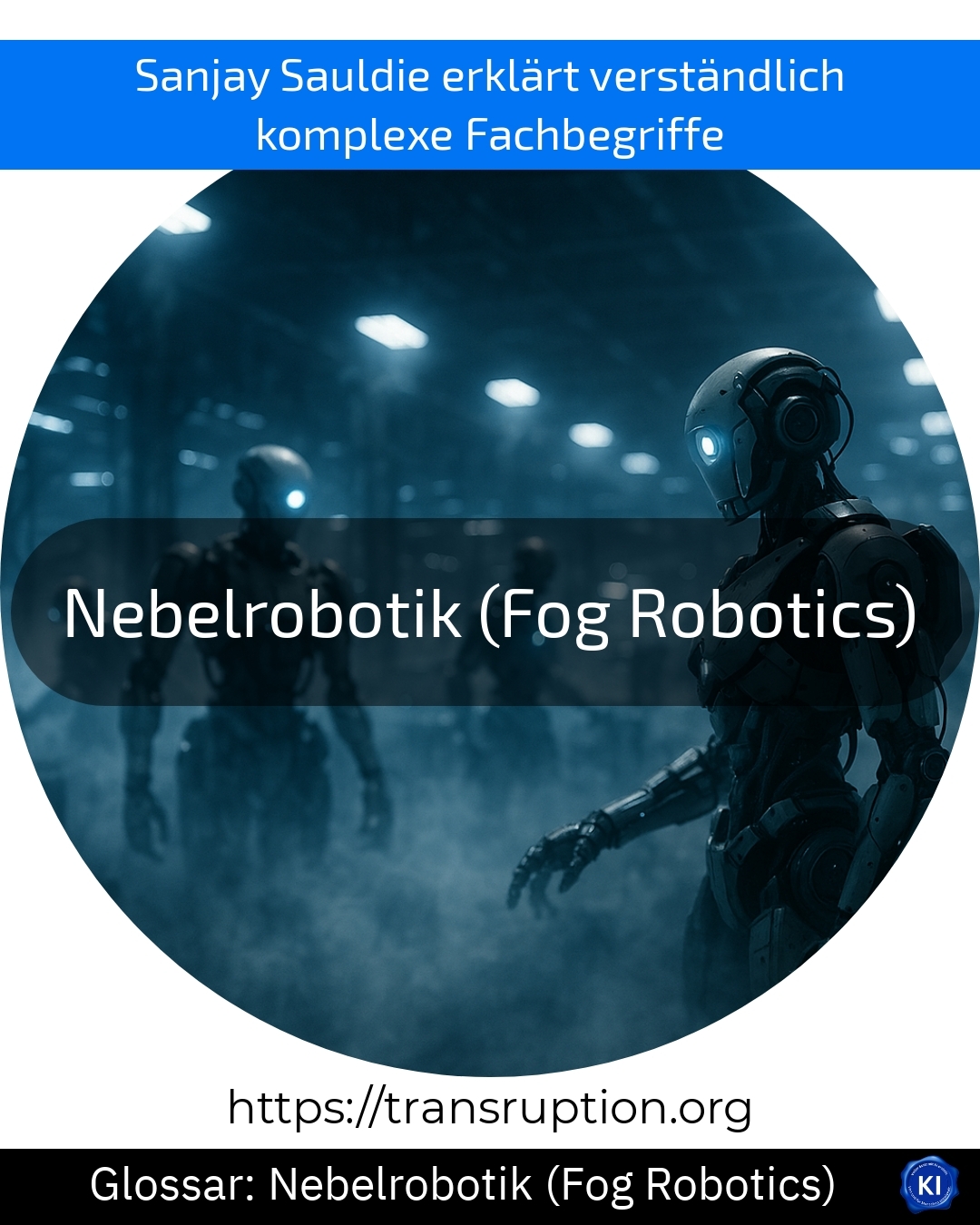The term fog robotics originates from the fields of robotics, artificial intelligence and the Internet of Things. It describes an innovative technology in which robots are no longer only controlled centrally, but in which many computing processes take place closer to the locations where the robots are used. This means that data does not always have to be sent to distant servers, but can be analysed directly on site.
This has two main advantages: Firstly, the response times of the robots are significantly faster. Secondly, sensitive data does not have to leave the company premises, which increases data security.
An illustrative example: In a modern factory, many robot arms work side by side to assemble cars. In the past, all control commands and checks were sent to a central cloud. With fog robotics, most of the data is processed locally in smaller data centres (known as "fog nodes"). This allows a robot to react immediately if it notices a change on the assembly line without having to wait for instructions from the control centre.
Fog robotics is therefore an important step towards more flexible, safe and fast automation processes in industry.















